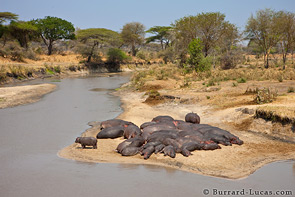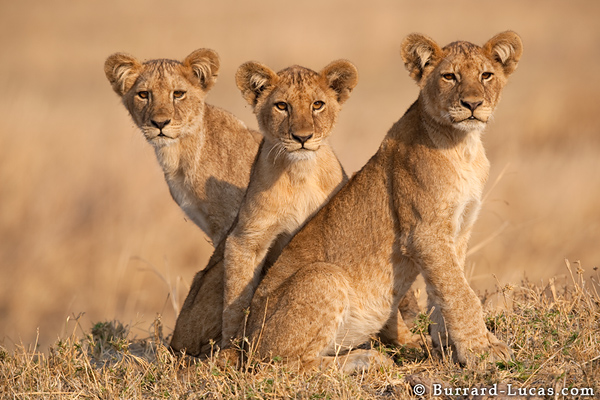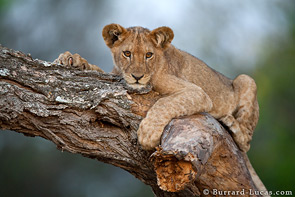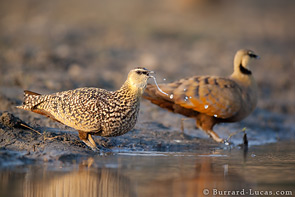We have recently returned from an incredibly productive trip to southern Tanzania. Our primary destination was Katavi national park, a small and very remote area which receives less than 650 visitors per year. In Katavi, game such as hippo, buffalo, zebra and elephant congregates in huge herds. This abundance of animals attracts predators, and prides of lions patrol the flood plains. The wildlife is much shier than in other places we have been due to the low volume of visitors. This made photographing the animals challenging but ultimately more rewarding.

We set ourselves a grueling schedule: off looking for wildlife before dawn, backing up photos at lunch, out again in the afternoon and then processing photos late into the night. Our constant companions throughout the day were the tsetse flies – large, almost invincible flies with a ferocious bite. They had a knack of launching coordinated attacks right at the crucial moment of taking a photograph and it wasn’t long before we were covered with angry red bites!
We dedicated many hours to photographing a pride of lions which lived near our camp on the Katisunga floodplain. The pride consisted of four females and six beautiful cubs. The hours we spent with them were rewarded with some stunning photos.
Katavi is also a great place to see a wide range of interesting bird species. One morning we lay beside a croc infested river with a blanket over us to photograph sand grouse as they came down to drink. One of our favourite creatures was a Verreaux’s Eagle Owl which often used a perch overlooking the plain. We spent a long time trying to capture some of its many amusing expressions!
Our ten days in Katavi were a fantastic experience. We have many more photos which we will be sharing in due course. Our next post will be about the Mahale Mountains National Park and the wild chimpanzees that we photographed there.













WOW!
great place with really really interesting photos.
Sensational photos. You lucky things to go to such a magnificent place!
The photos you took are breathtaking and most beautiful and I enjoy very much looking at them. Thanks for sharing them!
Martina
it seems very fantastic place to photography, i love your photos and looking forward to seeing your next post
thank you
Awesome I love the action and emotion.
Thanks for sharing
Amazing photo , love the light and dof too , what lens did you use ???
Fantastic pictures! The one with the 3 cubs is just… amazing!
wooww… interesting place…. wonderful set of photos. i like the photo of the lions. keep on posting the nice work…. really awesome images…
Awesome trip! I am so jealous yet happy for your experience and the growth it will provide you both in life and your photography.
As usual… excellent stuff, but you guys are going to have to get real jobs at some point. yer havin way too much fun…. Signed ..Jealous
Hello Guys,
Brilliant photos and great story as usual- thank you for sharing.
I especially love the picture of hippos- would love to see more of them and the one of lion cub on the tree.
You make my day in the boaring office enviroment bringing a bit of your adventure here.
Looking forward to your next post, keep up the good work.
Best wishes
Ania
As usual, excellent, exciting, & refreshing photos!! Also, being a grammar nut, I SO apprecialte you using the proper verb with “game” in your first comment (“game, such as…congregates”)So many college graduates butcher the English language these days! :)-JR
Fantastic shots! I absolutely love the three young lions looking at the camera with the sun on them! All of the pics are wonderfully awesome! Keep up your great work and I look forward to your next post!
Hi!Even though some years have passed, I wish to express my apreciation of the nice pictures you posted in your blog! They are awesome!!
Thank you so much!